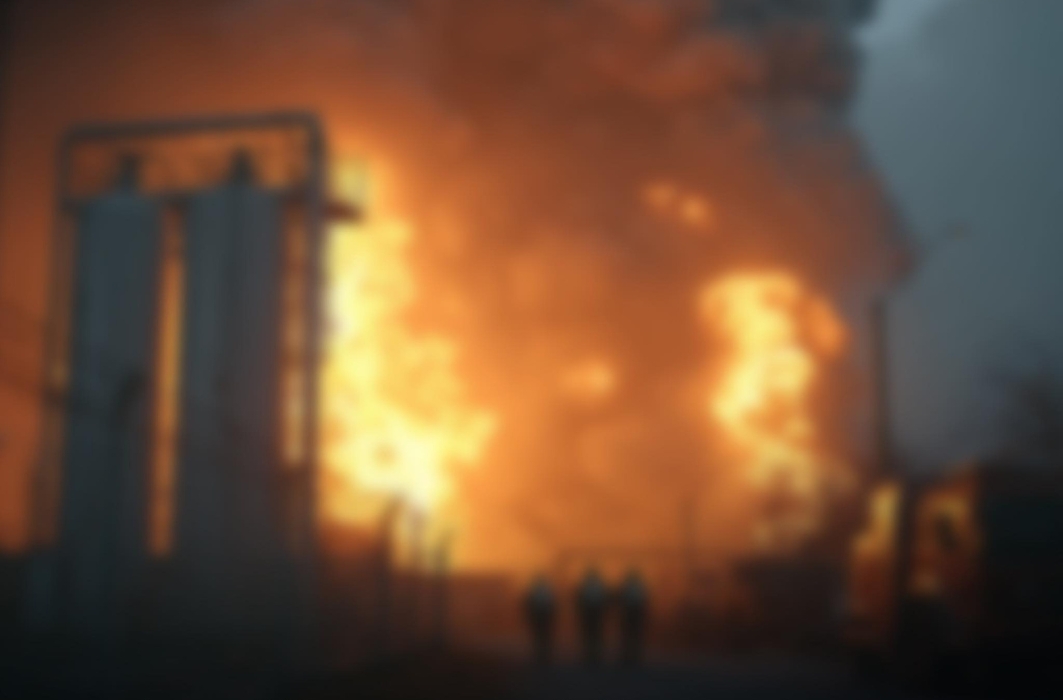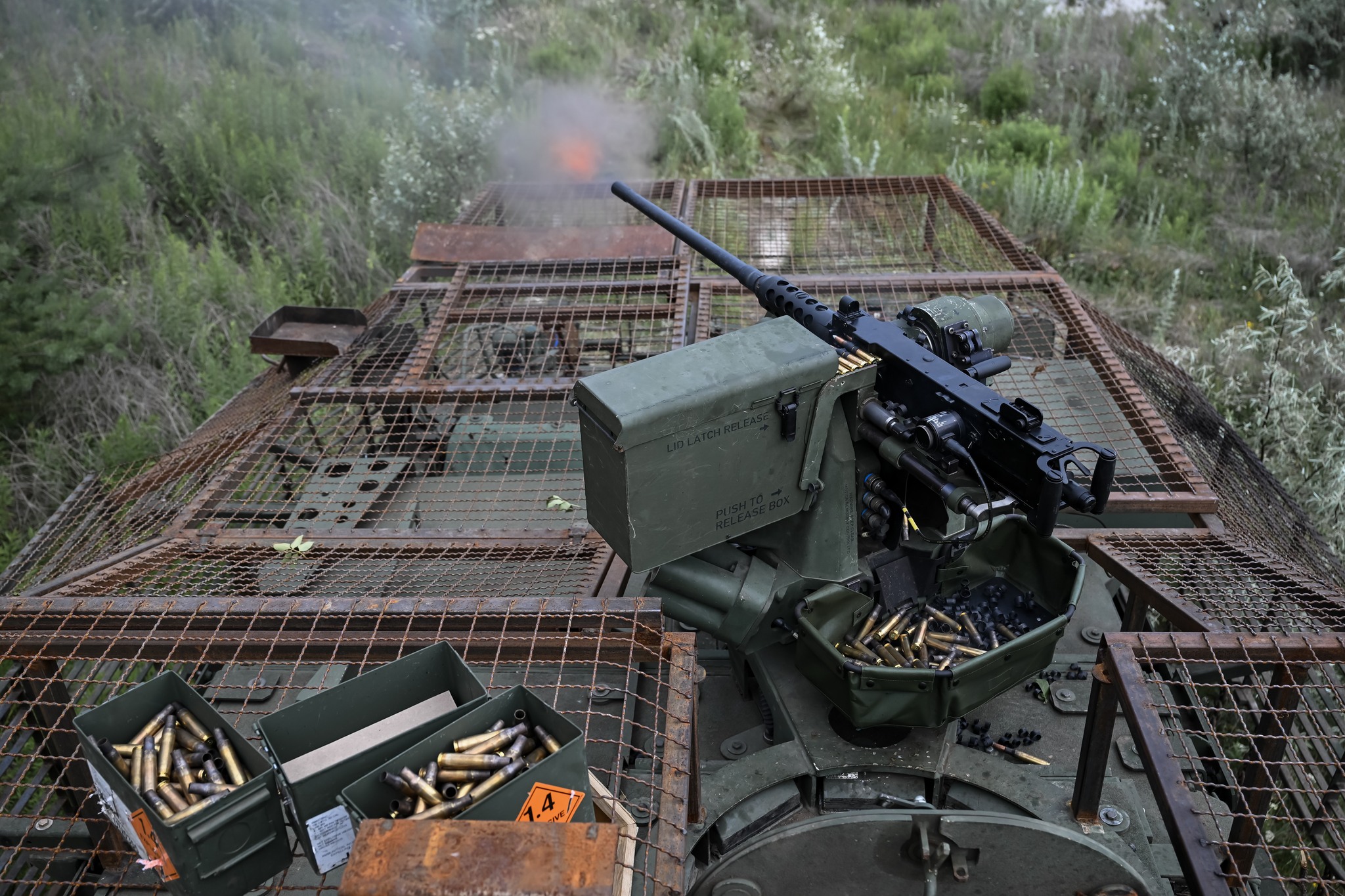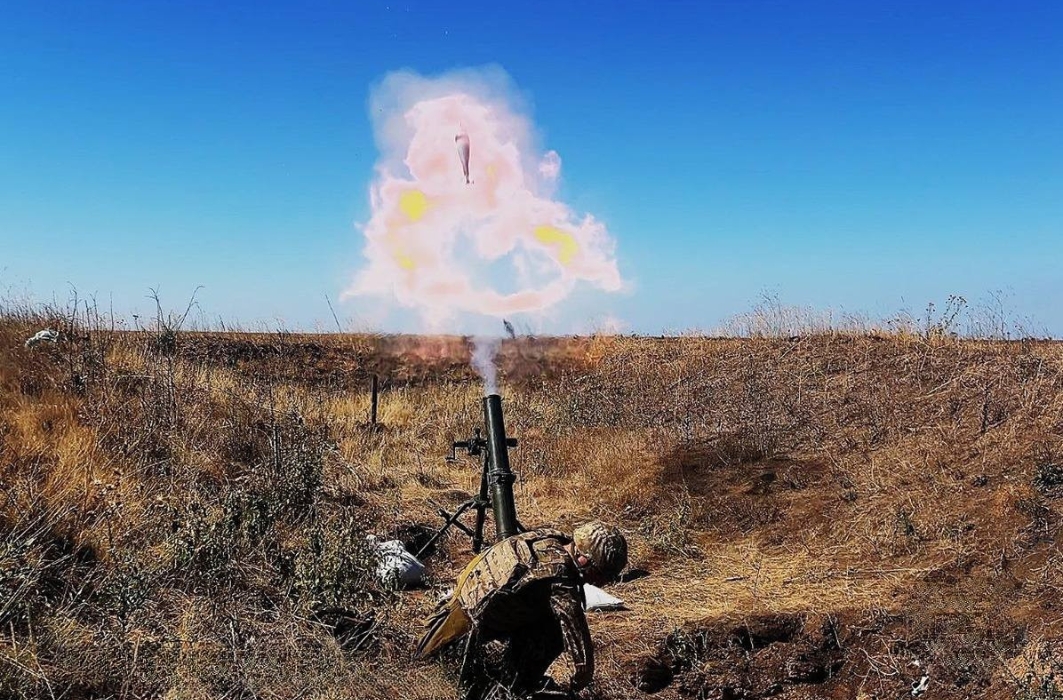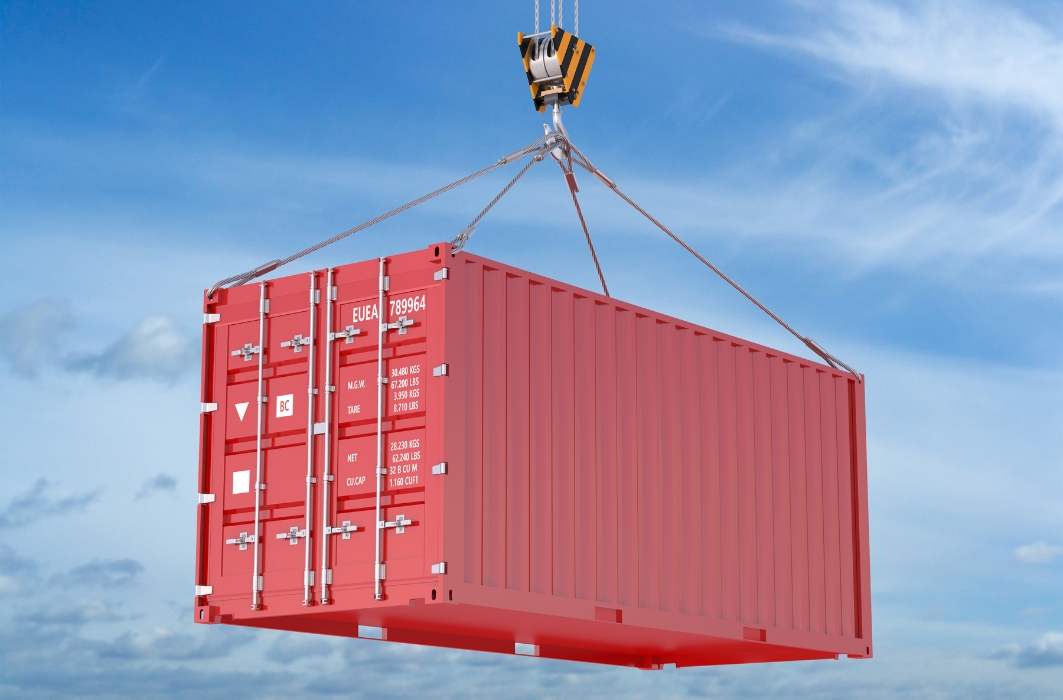On the night leading into Friday, October 3, the Russian army carried out a massive combined strike on infrastructure facilities in Kharkiv and Poltava regions.
According to the Ukrainian Air Forces, the enemy launched 416 aerial attack systems across Ukraine.
The majority of the attack consisted of Shahed and Gerbera strike drones—a total of 381 units.
The primary targets of the strike remain critical energy infrastructure, with Kharkiv and Poltava regions bearing the brunt of the attacks.
Sumy, Dnipropetrovsk, Odessa, and Kyiv regions were also hit, where important energy facilities are located.
"It was a combined strike involving 35 missiles, including a significant number of ballistic missiles, and 60 drones. Some were intercepted, but unfortunately, not all," wrote Naftogaz Chairman Serhiy Koretskyi.
He mentioned that this is the largest massive attack on our gas production infrastructure since the start of the full-scale war—a targeted terror against civilian facilities that ensure the extraction and processing of gas used for people’s everyday needs. There is no military justification.
"It is yet another act of Russian malice aimed solely at disrupting the heating season and depriving us of the ability to heat Ukrainian homes in winter," he added.
As a result of this attack, a significant portion of our facilities has been damaged, with some destruction being critical.
"Company specialists, together with the State Emergency Service of Ukraine and other agencies, are working on site. The aftermath of the strike is being addressed, and we are coordinating with Ukraine’s partners to ensure the response to this attack and its impact on the overall situation is swift and sufficient."




















